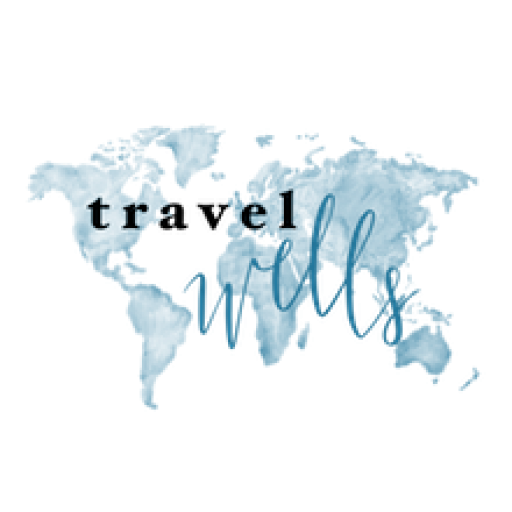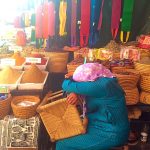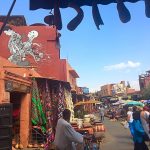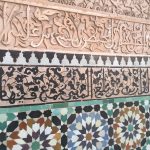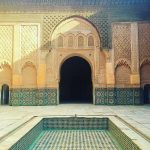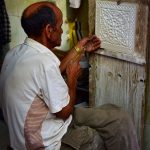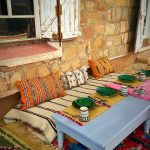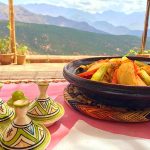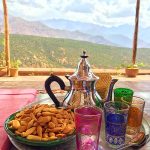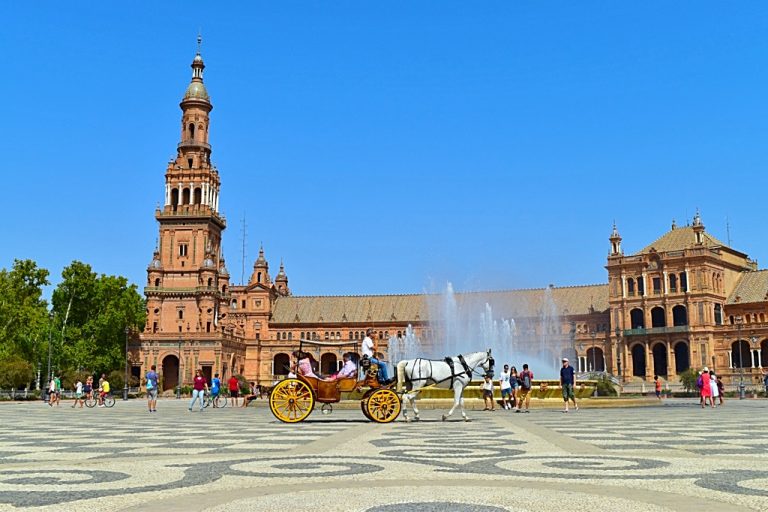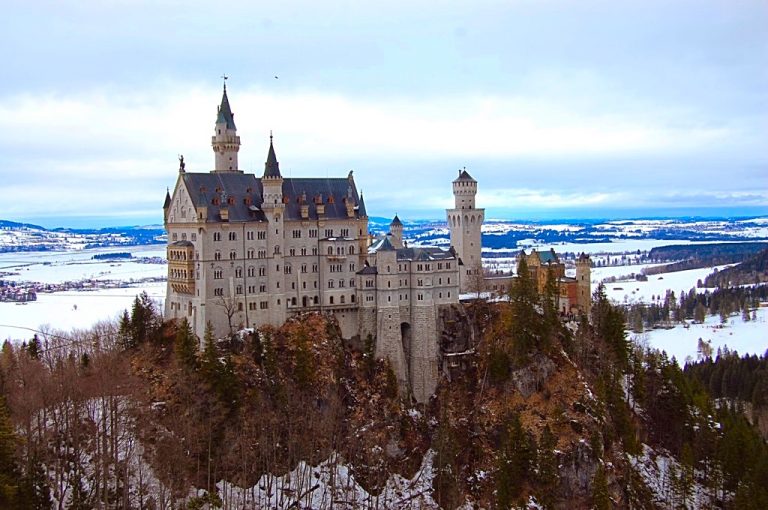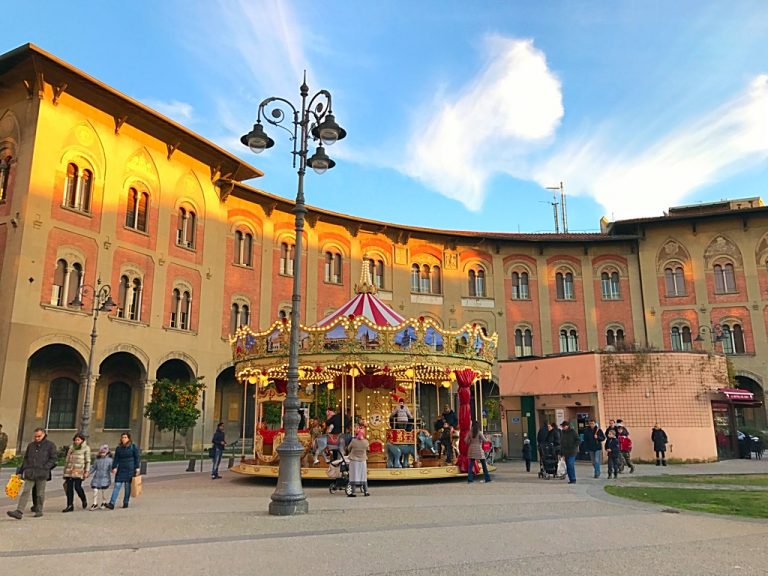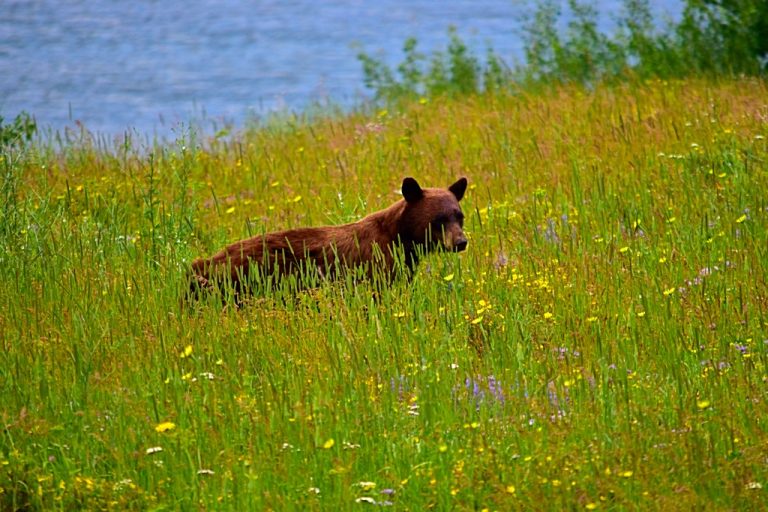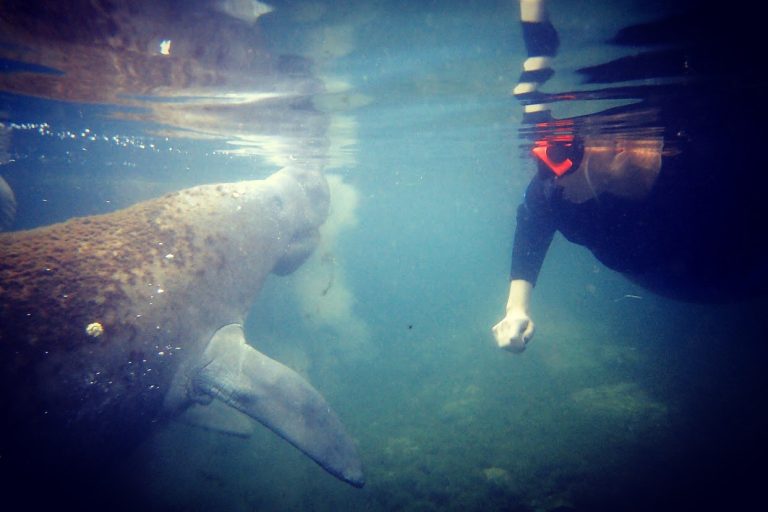Why I Wasn’t Afraid to Travel to Morocco (And Why You Shouldn’t Be Either)
With the election of a new president and more people on the fence about whether they should be afraid of the Islamic culture or afraid of their own country, there seriously isn’t a better time to go to Morocco. I am so incredibly thankful that I did not let the media or the “what could” happen stop me from boarding a plane to Marrakech, Morocco and checking it out for myself.
Lodging
We elected to stay outside of the Medina (old historic part of town). Our hotel was a beautiful oasis of paths lined with hundreds of olive trees. Complete with outstanding food selections, beautiful swimming pools, and Moroccan décor (ugh those lanterns <3) – we were in paradise! There are plenty of cute riads (typical Moroccan house with a courtyard) to rent within the Medina. For a first-time visit, we opted for more of a resort feel (with food & drinks included). The food spread was a delight, even serving up fig jam as an option at breakfast (I told you before that I love figs). The evenings offered up more tagine options than I knew could exist.
For those of you who aren’t familiar, a tagine is a North African cooking vessel, typically made of terra cotta and is triangular in shape.
The Heart of Marrakech
Since we had scheduled a tour of the Medina (the city), we had to get from the hotel to the town square. When venturing outside of the hotel, we took a taxi to the Medina to meet our guide. The first thing that I noticed was the “scary” look of the taxis (older, beat up cars, distressed looking drivers). It turns out, if you talk to the drivers, they were all actually nice people trying to help you get where you needed to go-even if they couldn’t speak English all that well.
On our ride, we quickly noticed the number of random sheep sitings. A sheep in a cart being pulled by a beat-up car, a sheep in a milk crate attached to the back of a bicycle… Eid Al-Adha was happening days after we were set to return to the States. This is the Muslim celebration during which millions of sheep are be slaughtered at 9am on the morning of the holiday. Personally, I get very squeamish when thinking about this, but who am I to judge when we as Americans celebrate a holiday where we all kill and eat a turkey? I’m thankful that I didn’t see any sheep actually getting slaughtered, but seeing them bought and carried out bleating (which sounded like crying) is enough to make me skip over any “Leg of Lamb” menu items in the near (or distant) future.

The souks (shops) are a bit intimidating and overwhelming, but it is some of the best shopping you will ever experience. I highly recommend doing this with a guide. Our guide was the sweetest guy ever and took us down side streets though the merchant souks. Mixed between the primitive and rustic motif, they were so beautiful. We never would have ventured down some of these paths without him. For the most part, he also kept most of the merchants from bothering us, which we were grateful for. Everything looks dingy on the surface (chickens running around, messy clutter stacked up, scooters zipping up and down the narrow alleyways), but then you notice the finished products – beautiful intricate lanterns, locks, and decorative metal hands of Fatima in the metal worker’s souks. Shirts being woven by hand in the fabric maker’s souks. Everything here in the souks is hand made. There are no machines involved with these goods sold. Our guide knew just where to take us. Sometimes they may make a tip from the souk owner by taking tourists there. Who cares? It was so worth it.

Winding past fancy keyhole style Moroccan doors, we bargained and laughed many times with merchants; we learned to say thank you in Arabic, and that the universal hand sign for “OK” means “Allah” in Arabic. Other sightings in the souks included- bright hand painted tiles in every color of the rainbow, and hand carved patterns adorning various walls, intricate metal lanterns, and of course rugs in every color and pattern imaginable. All of this, set among the red brick buildings and structures. In Africa, since the sun is brutally hot, the buildings are typically red as to not be blinded by the glaring sun while also keeping it deflected.
Our guide was so kindhearted. Once he knew my mother needed her watch battery replaced, he led us to a watch shop to get it taken care of. He also wanted us to see the Ben Youssef Madrasa which used to be an Islamic University in Marrakech. The entrance to this structure lies right off of a (small) street in the souks. The interior is radiating with hand carved tiles, woodwork, and beautiful Moroccan doors.
After we were shopped out, our guide took us back to the taxi at the end of our day, made sure the driver knew where to take us, and wished us the best as he waved us goodbye.
The Countryside
We took a break from the bustle of Jemaa el-Fnaa (Marrakech’s main square) and took a trip to the Atlas Mountains.

The Berbers make their homes here in scattered villages throughout the mountains. Our guide told us that there are about sixty Berber dialects, and if you can learn three of them, you can understand the rest.
In one particular village, two boys were actors in the movie Babel starring Brad Pitt. After filming, Brad Pitt paid for electric to be run to everyone in this particular village.
The market here was the most primitive market that I have ever been to. In the country, the men typically do the shopping. I was one of very few women here. I didn’t let that stop me, and no one seemed to mind. Our guide led the way, as we took it all in. Most people in the country ride donkeys, so there is essentially a donkey “parking lot”. You can pick a chicken, have it slaughtered, and then have it cooked all in this market. You can also stop by the barbershop, or perhaps visit the dentist, ..who happen to be one in the same..

#BUCKETLIST – We stopped at a camel owner for a ride through the country. Fatima (my Camel’s name) was so cute. On all your travels, you have to watch for proper animal handling and care. People wanting you to pay money to take a picture with a monkey with a diaper on, implies that the monkey was taken from the mother at much too young of an age in hopes to lure tourists on the “cute baby monkey” factor and make a quick buck. This is the same for people holding tropical birds in the Caribbean, reptiles, snake “charmers” in the main square of Marrakech. And so on.
In general, the country people typically treat the camels better than the ones in the city (more tourists). Do your research and if it doesn’t look right, it’s probably not.

After our camel adventure, we visited an Argan oil Women’s cooperative. Argan oil is featured in so many beauty products all over the world. It has many health benefits when eaten, worn (as a perfume), or used topically to treat eczema, psoriasis and many other conditions.

The Argan trees are abundant in the Atlas mountains, but are not fruitful in other parts of the world. We were told that they were attempted to be planted in Spain, the trees grew, but would not get the fruits from which the oil comes from. If purchasing Argan oil in the United States, it is typically mixed with other oils and not as pure. You can find 100% Argan, but it is a little pricey. This is because of the limits of the trees themselves as well as the laborious production of the oil. The ladies were skinning the fruit of the Argan and churning them by hand to extract the oil.
We ended our countryside day with a traditional Berber lunch at a Berber host’s house. Their back porch had the dreamiest setup and a view to match. They served us Moroccan bread right from the stone fire pit, a tomato salad, traditional Berber tagine of chicken and vegetables – I was happily full at this point – but it kept on coming -couscous, homemade almond cookies, apples from a nearby orchard, and what Moroccan meal wouldn’t be complete without Moroccan mint tea?! It’s served with fresh mint leaves, perhaps more popular than water in Morocco-ha, very good if you’re a tea drinker, and super fun to pour. The tea is basically poured from rising the teapot up as far away from the glass as you can get it without spilling or missing a drop.
Our guide was another fantastic, sweet guy, so knowledgeable, despite saying that he never went to school in his life. He told us that everything that he learned he “learned from the school of life.” A lady in the peace corps from Alabama taught him English when he was a teenager. Applause to her, whoever she is, because his English was very good! He returned us safely to our hotel and wished us a happy and healthy life.
Was Morocco Safe? Why Weren’t You Scared?
Yes. I felt completely safe. Upon departure, you could not enter the airport from the outside without placing your bags on a belt to be scanned and walking under a metal detector. Why doesn’t every airport have this?!
When travelling, I firmly believe that it is best to have a general idea of what you are doing when you go anywhere. I am not one to show up and expect to see happy rainbows and unicorns at a random destination without doing my homework. Morocco is no exception. I can see how people can have either a good time here or a bad time here if nothing is thought out or researched in advance. How else would you know not to drink tap water here or to only ask storekeepers for directions if you need them? Walking through the Medina, one could easily feel claustrophobic and overwhelmed. But I encourage you to look beyond it – and interact with some of the nicest people that we’ve ever come across on our travels. Also, understand that when people ask you to buy some of their handmade trinkets, they travel every day from all over the surrounding areas in hopes that they make a little bit of money to feed their family. Lesson to be learned here – that this is an area of hardworking people trying to make a living.

If you do your homework, it will be an incredible experience. Even if it doesn’t make your list of places to return to, it will humble you. As our guide said, “in Marrakech, you are always smiling.”
